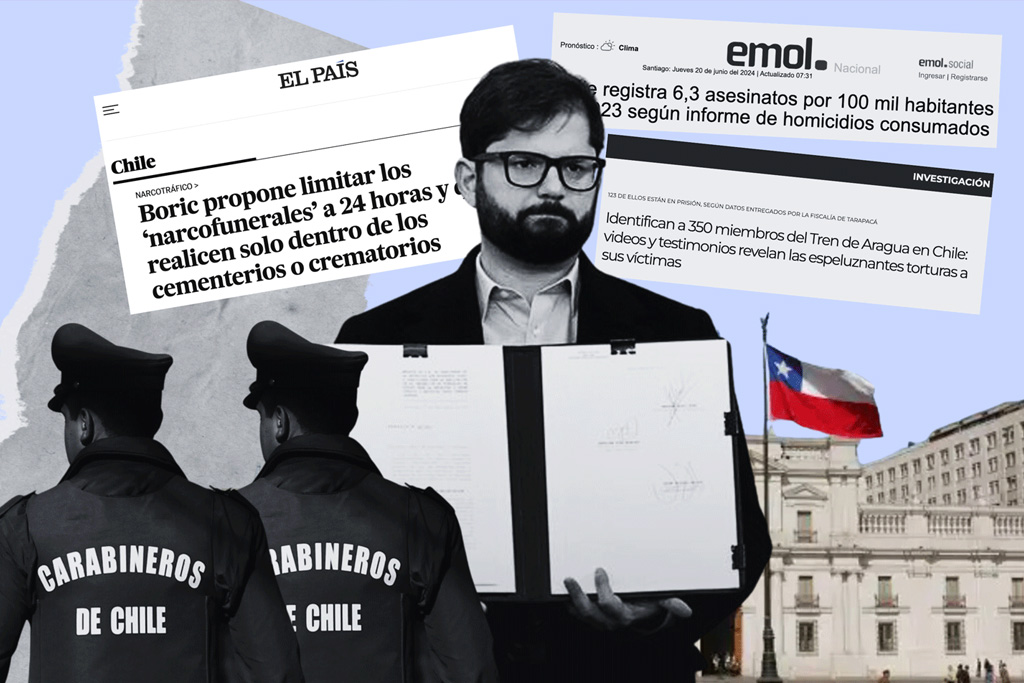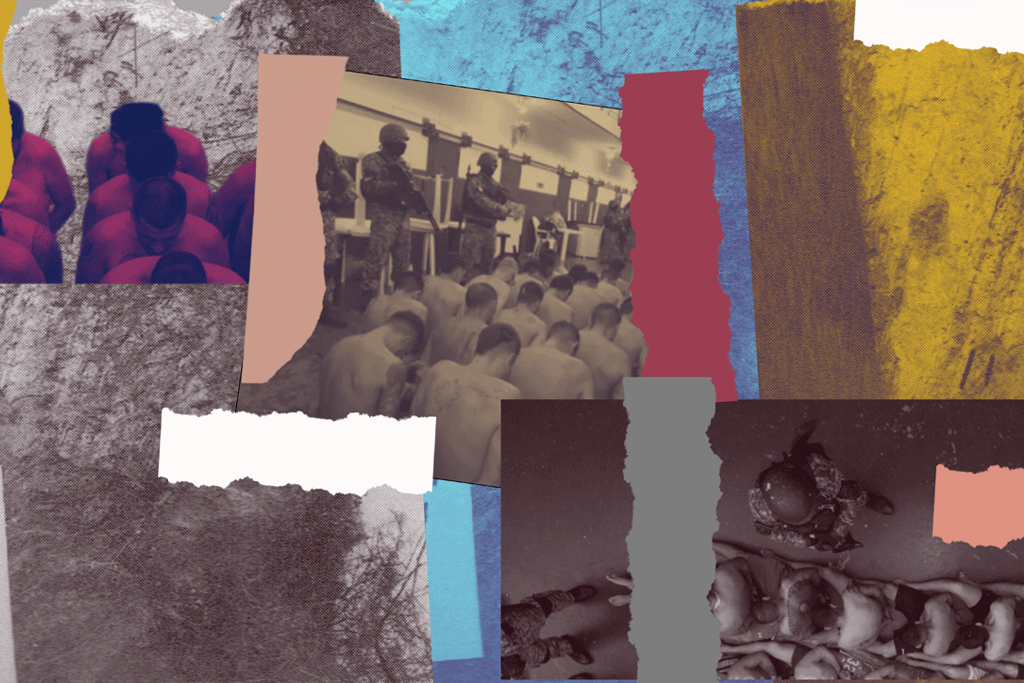Boric’s dilemma in the fight against organised crime in Chile

Homicidios a sangre fría a plena luz del día, dinámicas mafiosas, funerales narco. En poco más de una década, Chile ha pasado de ser testigo a protagonista del mapa criminal de América Latina. Pero mientras otros gobiernos de la región abordan el crimen con políticas punitivas, la administración de Gabriel Boric ensaya otras estrategias. ¿Pueden funcionar?
Can Sheinbaum’s security strategy in Mexico work?

Social investment, national guard and intelligence: Can Sheinbaum’s security strategy in Mexico work? Claudia Sheinbaum, Mexico’s new president, has broken the glass ceiling, there’s no doubt about that. What is less clear, however, is what will happen once the celebrations die down and the complex reality that her administration will have to address is laid […]
The outlier: Rosario (and its future), explained

Argentina is one of the safest countries in Latin America, except for Rosario, the city with a homicide rate five times higher than the national average. Violence is not new, but a wave of deadly shootings in broad daylight has exposed new crime dynamics and reopened the debate on the use of “tough on crime” policies. Here’s everything you need to know.
Poverty, marginalisation and cocaine: Crime groups find lucrative combo in Argentina

Argentina’s economy is in intensive care. Financial stagnation, coupled with record inflation and the slashing of public spending have resulted in rising poverty and marginalisation. But during every crisis some see opportunity, and this time, it is crime groups. With drug trafficking expanding in the barrios, analysts warn of new complex dynamics taking hold in the long run.
cocaine-past-present-future

Over the years, and centuries, cocaine has gone from being revered as a miracle medicine to being the subject of a complex and largely unsuccessful global war, with millions of victims. What lies behind the intricate past, and present, of one of the most popular, and controversial, drugs in history? Read on to find out.
Drugs, women and prison: Is Costa Rica’s recipe in danger?

Women represent the fastest growing prison population in Latin America. Most are convicted of petty drug offences, are heads of households and come from marginalized backgrounds. Some governments, including in Costa Rica and Colombia, believe that prison isn’t the answer and are turning to alternatives. But the big question is: Do these models work and can they survive the new wave of tough security policies in the region?
